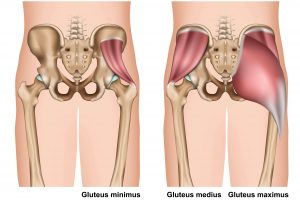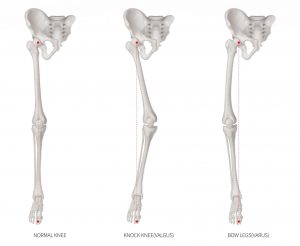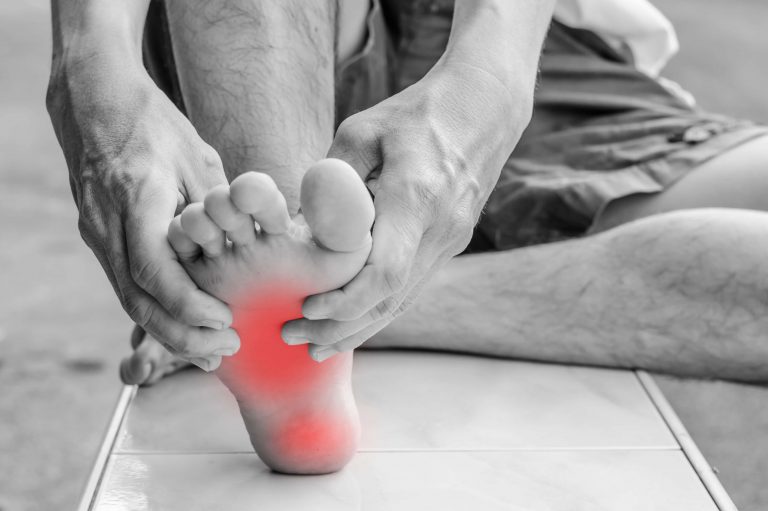Did you know that each year approximately 25-50% of runners will sustain an injury that is severe enough to cause a change in practice or performance? Many runners − especially those with a passion for running longer distances − tend to focus on their running mileage solely, neglecting other training areas that could actually benefit their performance in the “long run”. Building up a solid running base to complete a neighborhood 5K or competitive ultra-marathon is a vital component of any runner’s training plan, but a complete strength training program can be just as important to prevent injuries and maximize running power and speed.
There’s no doubt that all of the leg muscles both big and small are important for providing stability and propulsion when running, and there are thousands of exercises that target each one of these muscles. One area that should definitely be highlighted in any runner’s strength training program is the gluteal muscle group, commonly referred to as the “glutes”. The glutes consist of three individual muscles whose respective names are indicative of their size: gluteus maximus, gluteus medius, and gluteus minimus. Together these muscles play a crucial role in the ability to run safely and effectively.

The glutes are responsible for extending the hip, stabilizing the pelvis, and externally rotating and abducting the hip at various points in the running cycle. When comparing the mechanics of walking and running, it becomes evident that the glutes are even more active at higher speeds. While the hip extensors (such as the gluteus maximus) are working in conjunction with the hip flexors to provide propulsion with each stride, the gluteus medius and minimus are actively stabilizing the pelvis throughout all phases, minimizing excess movement in order to conserve energy and maintain efficiency.

A major difference between walking and running is the “double float” period that occurs during the running gait cycle, when both feet are off the ground at the same time. Upon returning to the ground a significant amount of load is placed throughout the body, with many studies demonstrating that ground reaction forces can increase to 300% of body weight or more at impact. Strong glutes help absorb this impact so that runners can maintain an efficient running form. If the glutes are weakened in any capacity, compensations can lead to injuries along the kinetic chain from the low back to the feet, such as knee pain due to increased valgus.

Collectively, the three glute muscles contribute to stability, efficiency, power, and safety when running. Strengthening these muscles can result in improved performance for any level of runner! Here are a few simple glute exercises that every runner should incorporate into their next training cycle:
At FLO Physical Therapy & Performance we specialize in the treatment of musculoskeletal injuries, injury prevention strategies, movement analysis, and strength program design for runners and other endurance athletes. Contact us today to speak to one of our Doctors of Physical Therapy and let us help you get the most out of your athletic journey!
References:
- Novacheck TF; The Biomechanics of running; Gait and Posture 7; 1998; 77-95




